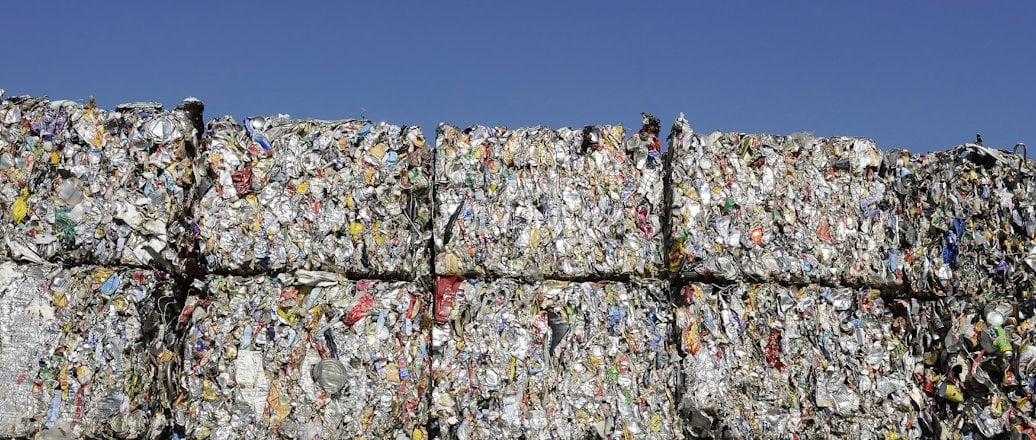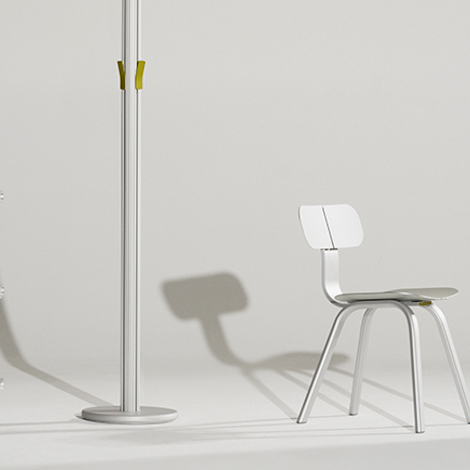Debunking myths about the aluminium can
In Germany, where I live, and elsewhere around the world, you can still find a relatively small but vocal opposition to aluminium cans. Fair enough. But whenever I hear comments and arguments that are not entirely true, I try to open a discussion and respond with facts. Here are some examples.
- “Cans are less sustainable than the drinks they contain.”
There is a tendency to assess the environmental soundness of a beverage based primarily on its packaging while ignoring the ecological footprint of the drink itself, and of the transport involved in its distribution. Data from the German Packaging Institute shows that the ecological footprint of packaging is on average 10 times less than of the beverage it contains.
- “Cans are only partially recyclable or not recyclable at all.”
This is not correct. Aluminium cans are almost fully recyclable, with no loss in quality. The fact that cans in Germany are still required to be labeled as “one way” is misleading. Cans can be recycled indefinitely, and it only takes 60 days from collection to a brand-new can being back on the shelf.
- “Cans are not sustainable because primary aluminium is still needed to make them.”
A maximum of 6% of all the primary aluminium produced worldwide goes into can production. Granted, making primary aluminium is quite energy-intensive, and in China, where more than half of the world’s primary aluminium is produced each year, the carbon dioxide emissions from this production is about 20 kg CO2 per 1 kg aluminium. The European aluminium industry has reduced its carbon emissions from primary production by 55% per metric tonne since 1990, and it is projecting another 58% reduction in total carbon emissions by 2050 compared to 2014, through increased recycling and use of renewable electricity. Equally important is the fact that recycling beverage cans uses only 5% of the energy that is used to produce primary aluminium – and emits only 6% of the greenhouse gases.
- “Cans may be recyclable but the core issue is bauxite mining.”
Responsible producers go to great lengths to limit the environmental impact of bauxite mining through clearly defined strategies to rehabilitate land used for mining. Mining leases and concessions carry rehabilitation conditions and operators must comply with government regulations. In addition, bauxite mining disturbs a relatively small area of land compared to other types of open-cast mining.
- “It is wasteful to use a valuable material like aluminium to make cans at all.”
This is wrong. We do not risk running out of aluminium, unlike the crude oil used to make plastic. Purging the world of cans is hardly realistic in the absence of viable alternatives with superior benefits. The fact that too many cans go to waste is primarily a behavioral and political issue. Everyone should follow the example of countries with high recycling rates so that each and every used aluminium can gets recycled – 100%.
- “Refillable glass bottles are more environmentally sound than cans.”
This may have been the case in the previous century, before aluminium can recycling kicked in on a massive scale, but it is not the case today. It is true that virgin glass production requires much less energy than primary aluminium, but this ignores the fact that glass bottles are heavier, more energy-hungry to recycle and less space-efficient to transport. For example, cans containing 10,000 liters of fizzy drink would fit into the trunk of a compact car when compressed post consumption, while two 7.5-tonne trucks would be needed to accommodate the equivalent amount of bottles.
- “The interior coatings of cans are a danger to health.”
Tiny amounts of the industrial chemical bisphenol A (BPA) may be found in the epoxy resins used to coat most cans, but the cans themselves contain no BPA. The European Food Safety Authority has determined that exposure to trace amounts of BPA is safe. Next-generation linings that are BPA-free have already been developed, while in France, where BPA is banned, BPA Non-Intent (BPA-NI) coatings are widely used. The can industry is also actively pursuing green chemistry solutions to remove all volatile organic compounds (VOCs) from the washing solvents used in can production.
- “Cans can taint the flavor of the drink.”
This is incorrect. The interior lining of the can prevents leeching of the metal into the filler (presuming that the can is not many years past its sell-by date). Cans should in fact be valued for their superior protection. We see more craft brewers opting for cans in guaranteeing taste and aroma.
- “Drinking from a can is not hygienic.”
While there is a risk of germs accumulating on the rim of cans if they are not handled properly after filling, I would say that drinking from a can is pretty safe. Can makers and canning plants have strict hygiene protocols and it is the responsibility of retailers to store and display cans safely. If you have doubts, then you should clean the can thoroughly before opening.








